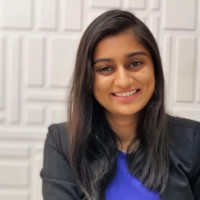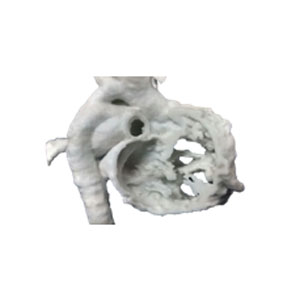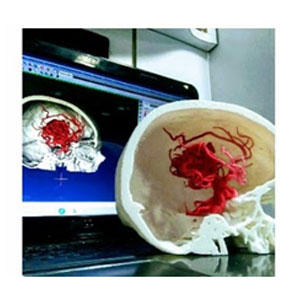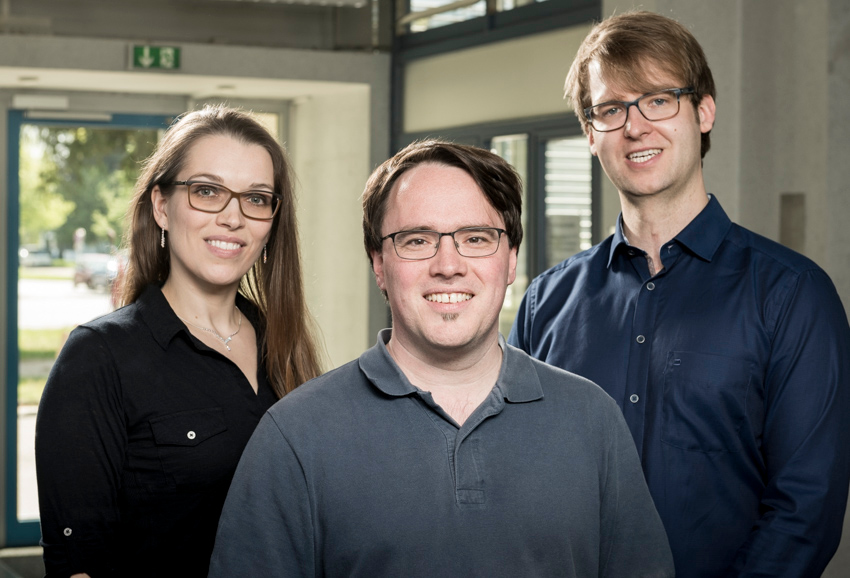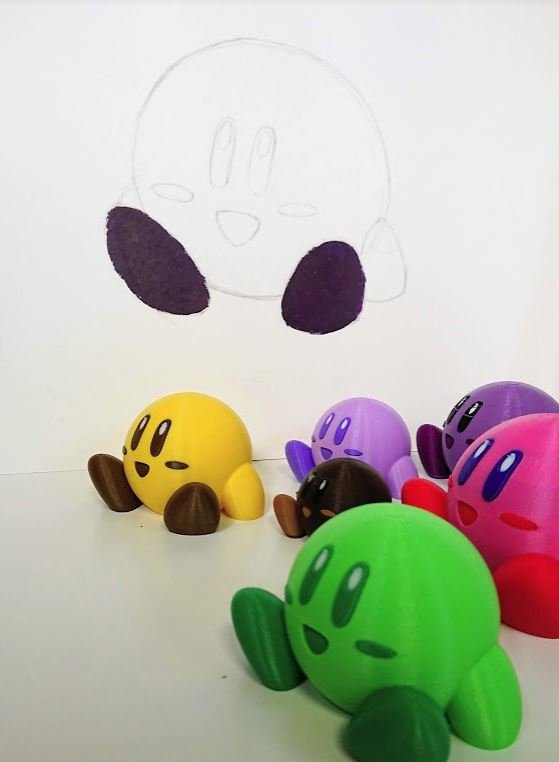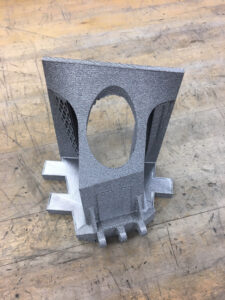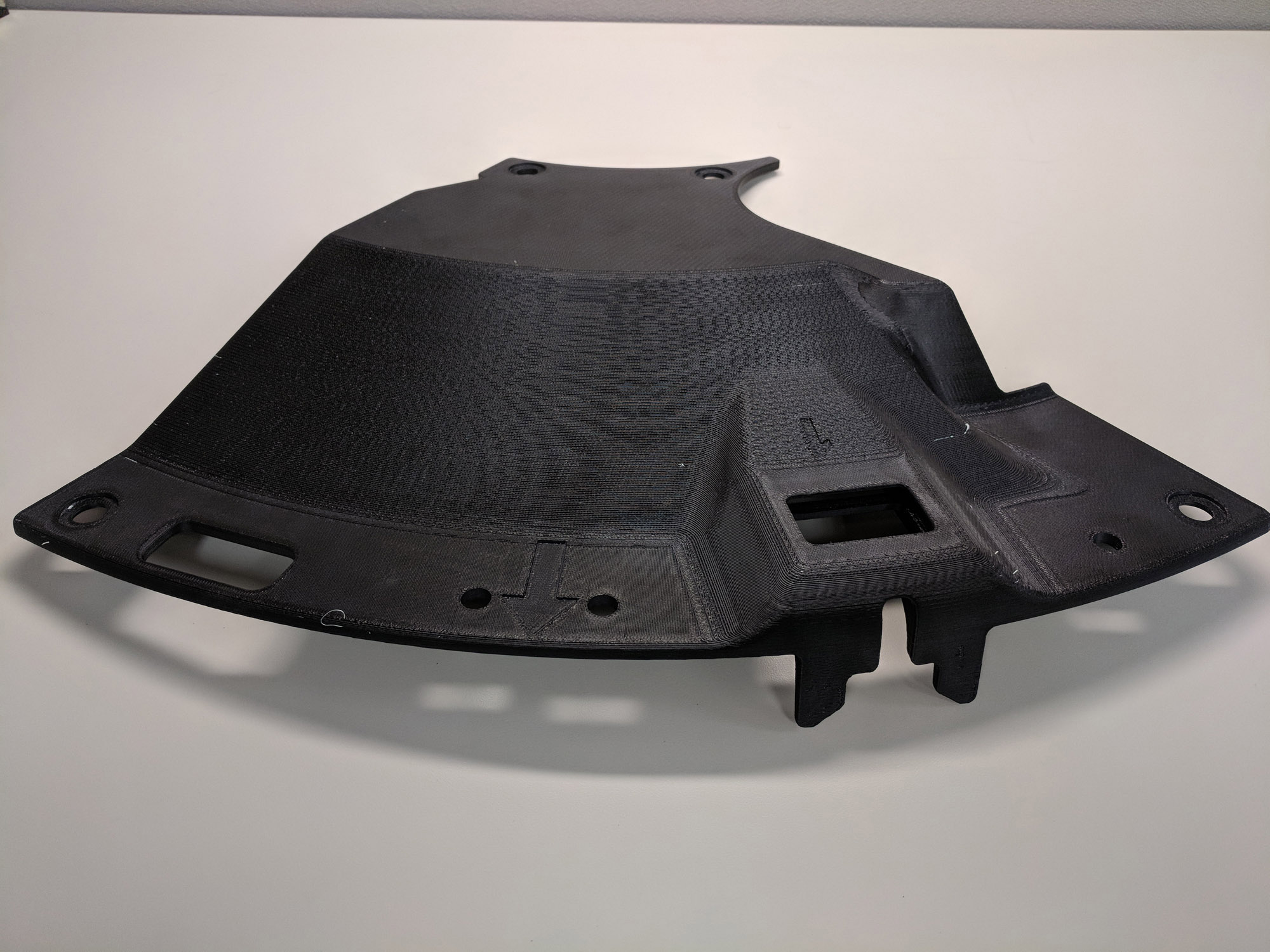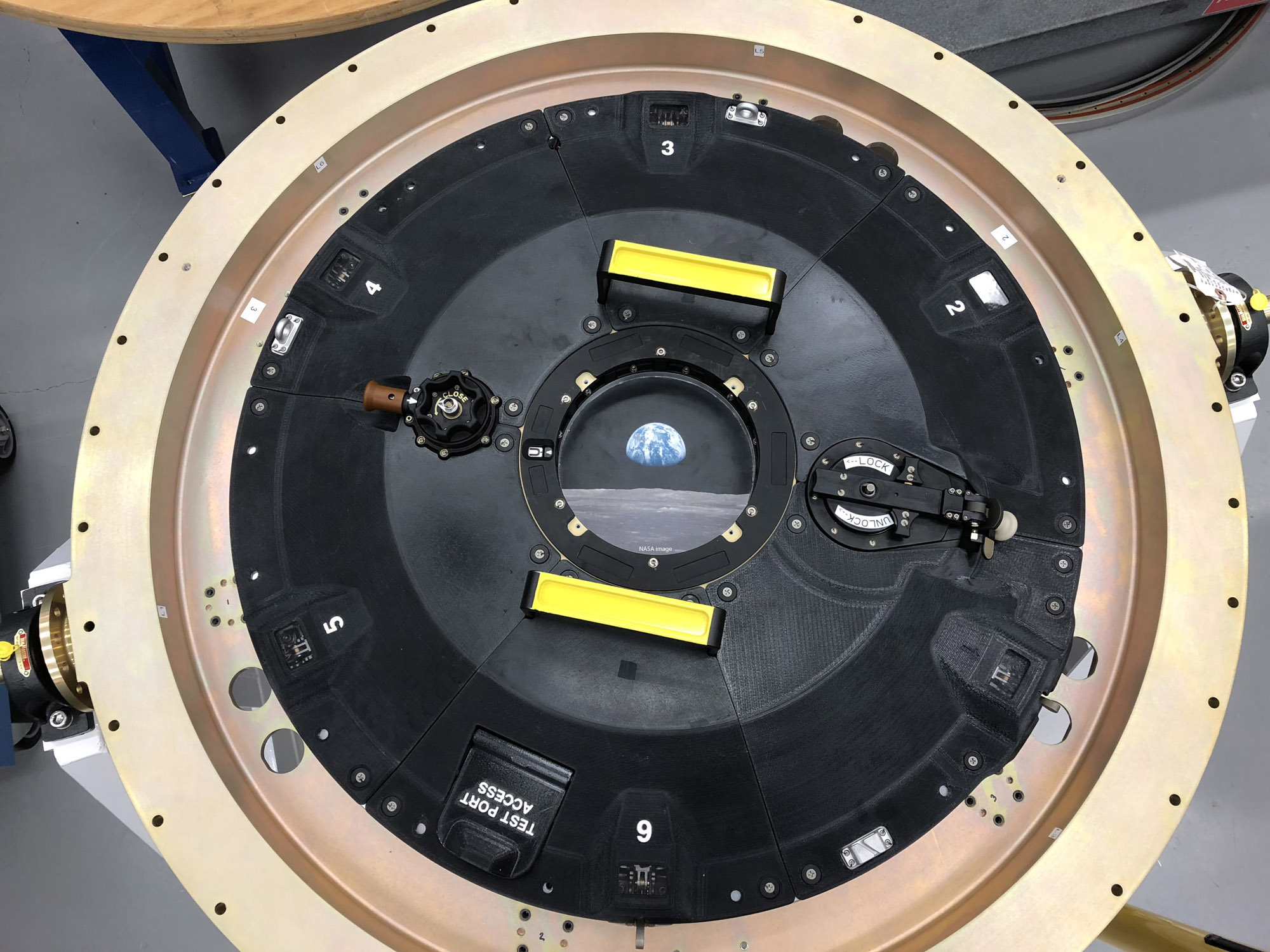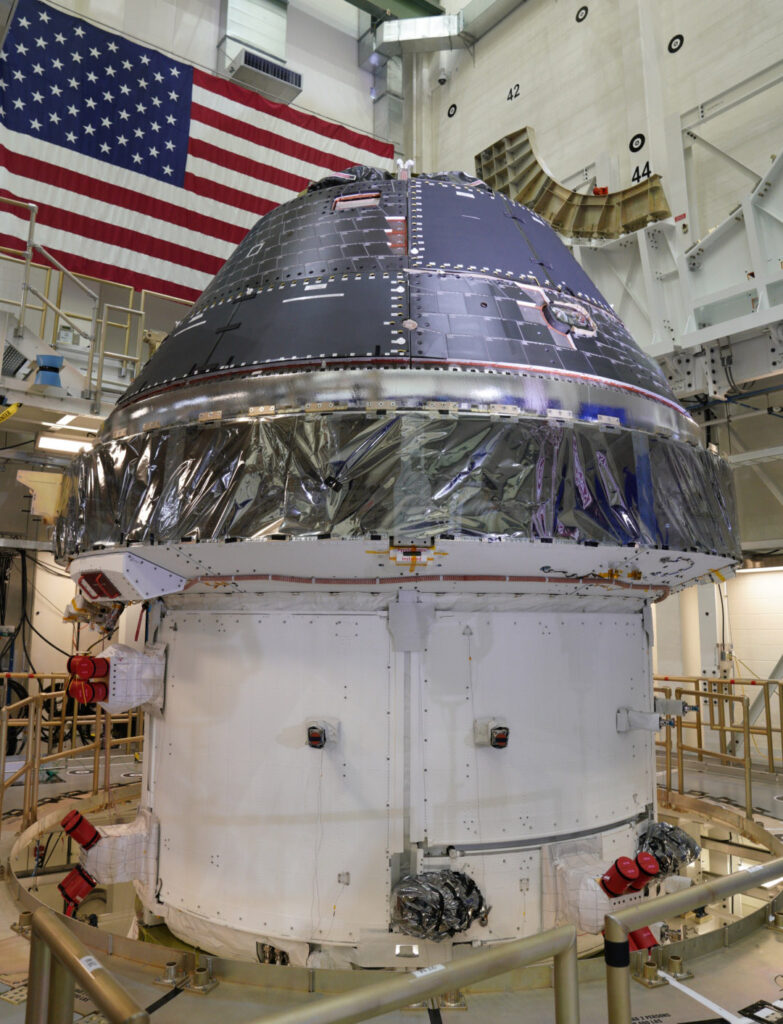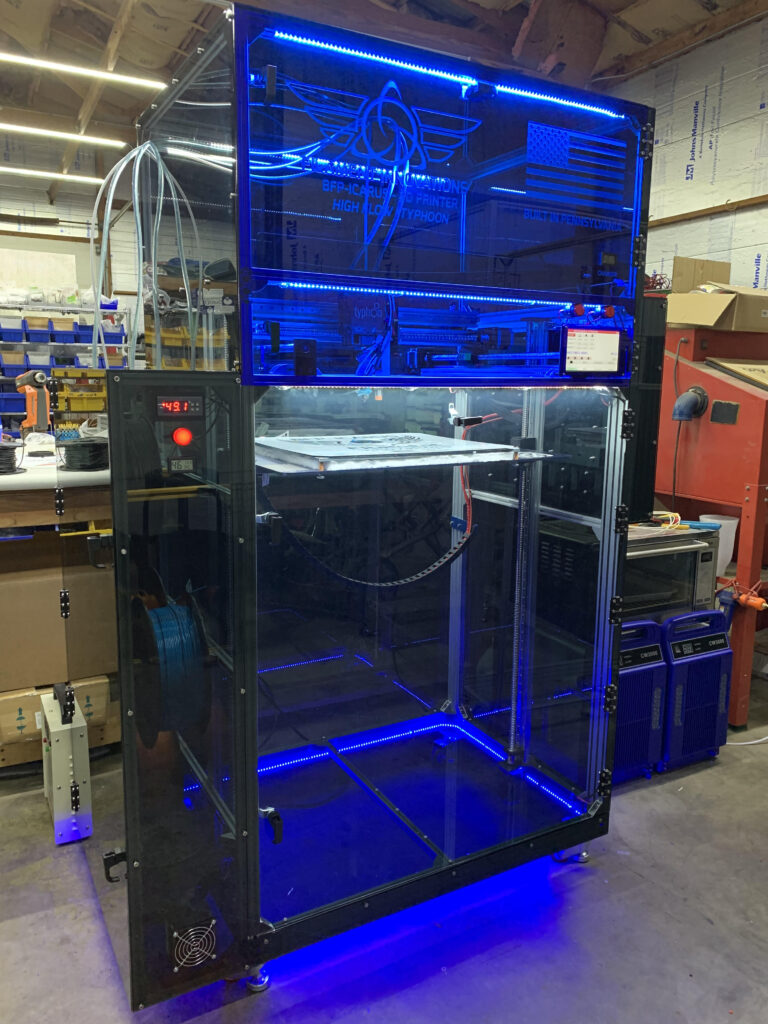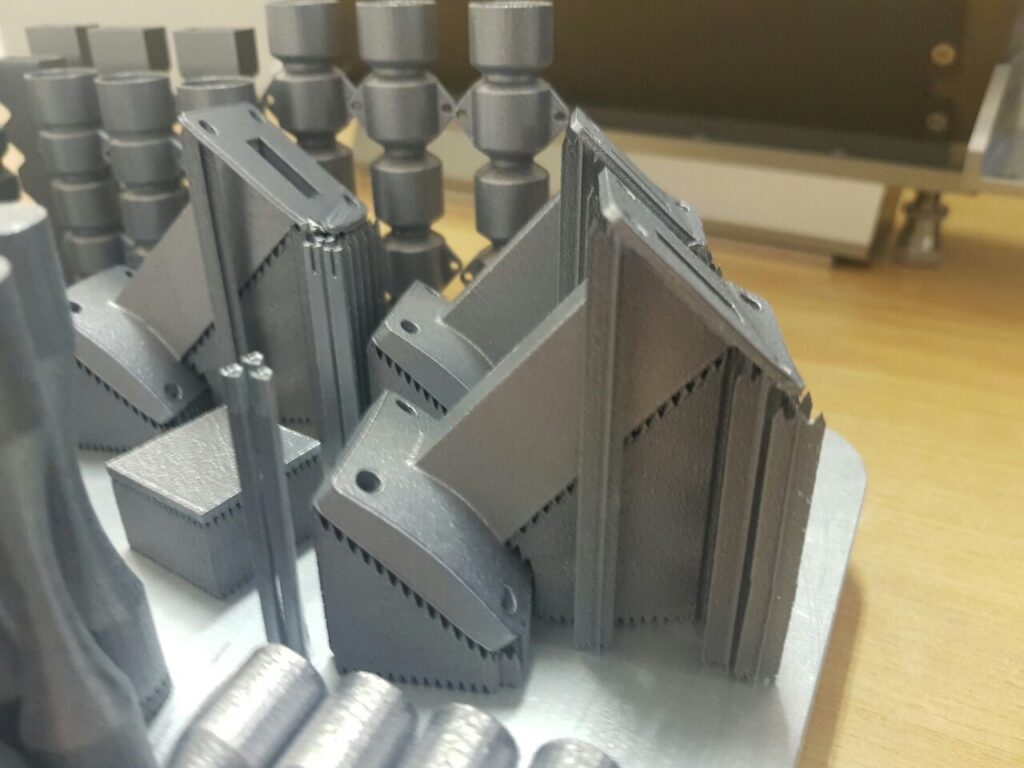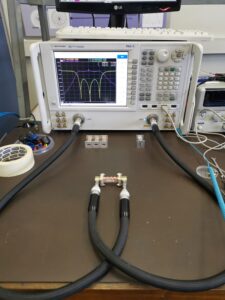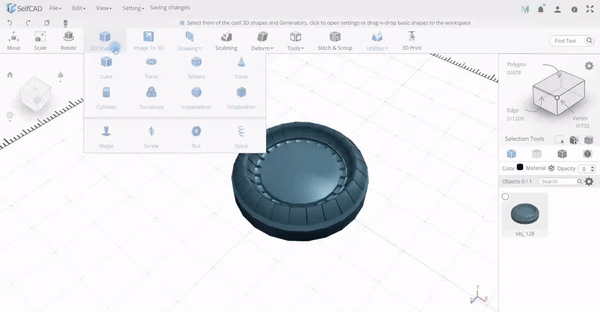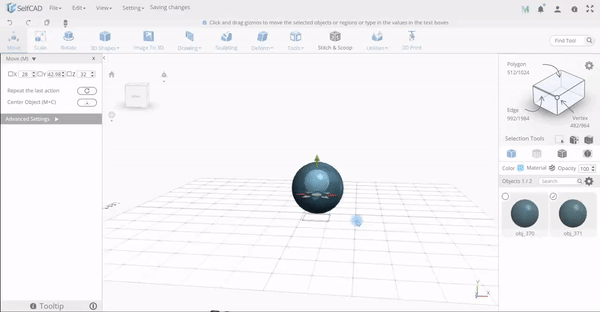 Resident life is hard. After years of living, studying, and breathing medicine, they are finally one step closer to officially being able to practice. Medical residencies can take three years for primary care physicians, but some surgical specialties require even more training time to develop new procedures without risking lives, sometimes up to seven years. And did we mention that training is not a breeze? Its hard work and some of it is not for the queasy.
Resident life is hard. After years of living, studying, and breathing medicine, they are finally one step closer to officially being able to practice. Medical residencies can take three years for primary care physicians, but some surgical specialties require even more training time to develop new procedures without risking lives, sometimes up to seven years. And did we mention that training is not a breeze? Its hard work and some of it is not for the queasy.
Residents need cadavers for educational purposes, but these are difficult to come by. In the United States, only 20,000 bodies are donated to science every year, that’s barely enough to satisfy a population of more than 27,000 residents. Plus you need to add the costs of purchasing them, according to an article by The New York Times, delivery of an intact cadaver costs as little as $1,000, but different specialists seek out specific pieces of anatomy for their work, and individual parts can be expensive, such as a torso in good conditions which can go for $5,000, or a spine for $3,500. With residents needing more than one cadaver to practice on and clinics usually having only limited resources, there is a sensical need to find new ways to educate the next generation of doctors. For William Clifton, Neurosurgery Resident at the Mayo Clinic in Florida, it seemed there had to be another way to train surgeons, so he consulted with an engineer, who was also a friend, and realized that creating 3D printed models for medicine and simulators for resident training could be the solve-all solution.
Clifton had an idea which involved buying an Ultimaker S5 FDM desktop printer with a personal loan, and finding room at home to begin printing out models in his free time, not an entirely easy job considering the young doctor and his wife have four children. But Clifton, one of the first recipients of the Mayo Clinic John H. and Carolyn O. Sonnentag Neurosurgery Residency in Florida, was on a mission, one he became very passionate about, using 3D printing technology to build simulators that can be used to train residents for surgery. Along his path, he ran into Aaron Damon, a researcher and lab specialist at the Simulation Center at Mayo Clinic, and immediately discovered that they shared a desire to change the future of resident training.
His early designs helped him build the training models used today. Since last March, they have developed 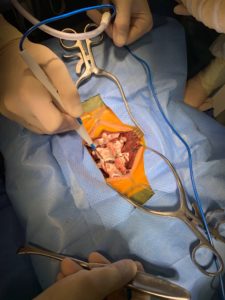 hundreds of their original Biomimetic Human Tissue Simulators, more than 30 peer-reviewed publications, as well as several patent submissions for neurosurgical devices. The Department of Neurologic Surgery also became heavily engaged in planning for dedicated neurosurgery 3D printing space and there is now a materials science laboratory based on the ideas and infrastructure Clifton helped create. Today their lab houses three FDM printers: two Ultimaker S5 and one Raise3D Pro for bigger volumes, such as when they need to print cases of scoliosis (a medical condition in which a person’s spine has a sideways curve) to help residents that need to deal with pediatric scoliosis.
hundreds of their original Biomimetic Human Tissue Simulators, more than 30 peer-reviewed publications, as well as several patent submissions for neurosurgical devices. The Department of Neurologic Surgery also became heavily engaged in planning for dedicated neurosurgery 3D printing space and there is now a materials science laboratory based on the ideas and infrastructure Clifton helped create. Today their lab houses three FDM printers: two Ultimaker S5 and one Raise3D Pro for bigger volumes, such as when they need to print cases of scoliosis (a medical condition in which a person’s spine has a sideways curve) to help residents that need to deal with pediatric scoliosis.
“We are using 3D printed patient-specific models in a certain way to characterize the material properties of actual bone, soft tissue, muscle, ligaments, tendons, and more, exactly how it is in vivo,” said Clifton in an interview with 3DPrint.com. “The big innovation is that our models exhibit the same biomechanics as the human spine or the human skull so that the surgeon can see where the structures are in realtion to each other, bend and move them, as well as watch how the dynamic relations change.”
According to Mayo Clinic, the 3D printing process comprises stripping down information from a patient’s CT scan and converting the image to stereolithography. Based on spatial information, Mayo Clinic can program the printer to create patient-specific models, such as anatomically precise vertebrae. Physician-scientists use these surgical training models in tandem with resources provided by the J. Wayne and Delores Barr Weaver Simulation Center at Mayo Clinic’s campus in Florida. The Weaver Simulation Center partnered with Clifton to share his 3D training models with surgical learners.
The real innovation was simulating human tissue and creating a new polymer for FDM 3D printing of anatomical models that will be used for practicing pre-surgical operations using electrocautery, something that has never been done before. The innovative new polymer chemistry and the 3D printed film should be commercially available soon as Clifton and Damon are in talks with multiple companies through Mayo Clinic Ventures (the business office at Mayo that handles this type of negotiations and commercialization).
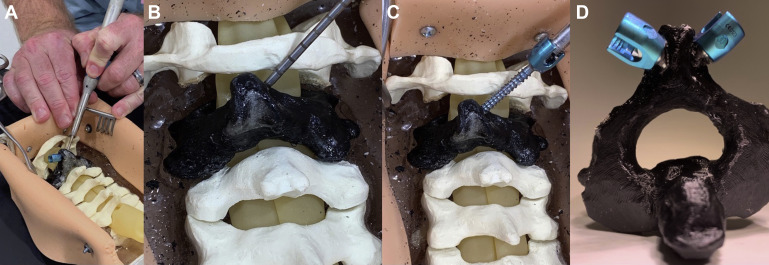
3D printed phantom for teaching neurosurgical trainees the freehand technique of C2 laminar screw placement
“The faculty is ecstatic about this project because the skill of the residents has gone up considerably. Traditionally interns learn on cadavers or during the residency in living people. For example, surgical residents have to learn to place screws into the C2 vertabrae and this is a complex procedure because they are learning to navigate between the vertebral artery and the spinal cord; but with our models they can practice puting in a couple of hundred C2 pedicle screws so that when they go to the Operating Room (OR) they know exactly what to do, because they have done it so many times on such reallistic models,” claimed Clifton, whose specialty as a neurosurgeon leads him to perform surgery on the brain, spinal cord, and peripheral nerves.
Mayo Clinic is all about research, education and patient care, which is why Damon and Clifton are printing their way into teaching future doctors how to take care of the next generation of patients. The duo gets along extremely well, understanding that cooperation and collaboration are one of the keys of their success, which will shortly be used in the other two Mayo Clinics, in Rochester and Arizona. In the short eight months since their adventure began, they have created 14 different models for spine pathologies alone, and now they will begin developing brain models. Damon indicated that they have a brain tumor resection model in the works, “that residents can use to practice the removal of a brain tumor, coagulation of vessels, measuring blood loss, brain manipulation, and even brain mapping, meaning that now we are going into the microsurgery skill set, and not just spinal surgeries.”
“We can print a lot of different pathologies, wereas you are kind of limited with a cadaver. With 3D prinitng you can model specific pathologies after a patient, as well as complex and rare pathologies that residents might not see that often in the OR,” explained Damon. “This is a very specific and universal development at the same time, because we hope that other clinics around the world that barely have any access to cadavers for resident training, can use them and eventually this will improve outcomes and lives all over the world.”
Each simulator costs approximately $50, whereas a cadaver normally purchased for this type of surgery training can run into the thousands, helping Mayo Clinic save thousands of dollars as well. The medical center, which ranks as the best clinic for neurosurgery worldwide, will still get cadavers of course; but Clifton recalled that he spent over $50,000 in just three months, on cadaveric tissue for research and education in 2018. That experience and the reality of the burden of costs behind his training is one of the reasons that sparked the interest in developing a more cost-effective way to practice.
“One of the distinct advantages of FDM 3D printing specifically is that it allows us to build models made from different material compositions and properties. We do this to simulate different disease processes for resident training, and to approach patient care and surgical planning in an individualized way,” said Clifton.
Clifton and Damon want to take this technology to the point where it is streamlined so that residents will have dedicated simulation training. The key is that even before they hit the OR, they have done the procedure at least 10 times, and not just the simplest parts of the procedure, but also all the complex elements. Their hope for the future is that this will become a standardized model in the US.
Damon suggested that a big part of their work has been refining and validating their models until they achieved a high fidelity that is comparable to cadavers. “With these simulators, residents are able to acquire the same skill level as surgeons who have been in the field for many years by high fidelity and cost-effective repeated practice. The support we get from Mayo Clinic also allows our creativity to grow and continue to push the boundaries of innovation in 3D printing.”
Damon suggested that “even in our lab at Mayo, there were up to five surgical residents sharing one cadaveric torso, but now each person can have their own model and countless amount of experience, which is invaluable.” The two experts claim that training on cadavers gives residents one chance of getting a procedure right, while models can be 3D printed hundreds of times.
Three of Clifton’s patients recently benefited from his applications in 3D printing. The unique models contributed to surgical planning sessions, helped to pinpoint precise diagnoses and guided postoperative management choices. The first patient had a congenital spinal deformity, the next had a large metastatic tumor near the lumbar spine, and the third had a rare cyst compressing her brainstem. All three patients have recovered from their successful surgeries because of the combined forces of innovation and surgical skills.
“We are really looking into the education component, trying to obtain a better, safer and cheaper solution for the future. My goal is to teach the next generation of residents to become great spine surgeons.”
[Image credit: Mayo Clinic]
The post Mayo Clinic is Using 3D Printing to Teach the Next Generation of Spine Surgeons appeared first on 3DPrint.com | The Voice of 3D Printing / Additive Manufacturing.



